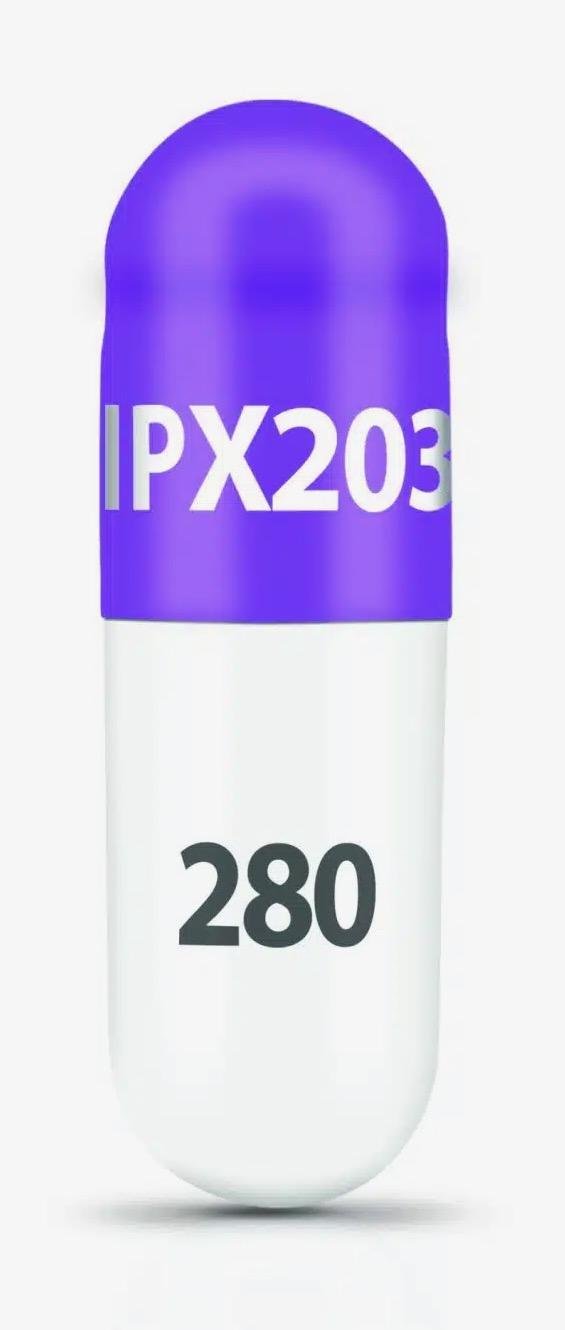Crexont Interactions
There are 520 drugs known to interact with Crexont (carbidopa/levodopa), along with 13 disease interactions, and 1 alcohol/food interaction. Of the total drug interactions, 50 are major, 459 are moderate, and 11 are minor.
- View all 520 medications that may interact with Crexont
- View Crexont alcohol/food interactions (1)
- View Crexont disease interactions (13)
Most frequently checked interactions
View interaction reports for Crexont (carbidopa / levodopa) and the medicines listed below.
- acetaminophen
- aspirin
- atorvastatin
- Benadryl (diphenhydramine)
- clonazepam
- CoQ10 (ubiquinone)
- Eliquis (apixaban)
- Fish Oil (omega-3 polyunsaturated fatty acids)
- gabapentin
- Gocovri (amantadine)
- levothyroxine
- losartan
- melatonin
- meloxicam
- MiraLAX (polyethylene glycol 3350)
- multivitamin
- Myrbetriq (mirabegron)
- Nourianz (istradefylline)
- omeprazole
- pramipexole
- rasagiline
- ropinirole
- rosuvastatin
- sertraline
- tamsulosin
- tramadol
- trazodone
- Vitamin B12 (cyanocobalamin)
- Vitamin C (ascorbic acid)
- Vitamin D3 (cholecalciferol)
Crexont alcohol/food interactions
There is 1 alcohol/food interaction with Crexont (carbidopa / levodopa).
Crexont disease interactions
There are 13 disease interactions with Crexont (carbidopa / levodopa) which include:
- glaucoma
- cardiac disease
- neuroleptic malignant syndrome
- psychoses/depression
- glaucoma
- liver/renal
- melanoma
- reactive airway disease
- depression
- sleep disorders
- hypotension
- psychosis
- GI bleeding
More about Crexont (carbidopa / levodopa)
- Crexont consumer information
- Compare alternatives
- Pricing & coupons
- Drug images
- Side effects
- Dosage information
- During pregnancy
- FDA approval history
- Drug class: dopaminergic antiparkinsonism agents
- En español
Related treatment guides
Drug Interaction Classification
| Highly clinically significant. Avoid combinations; the risk of the interaction outweighs the benefit. | |
| Moderately clinically significant. Usually avoid combinations; use it only under special circumstances. | |
| Minimally clinically significant. Minimize risk; assess risk and consider an alternative drug, take steps to circumvent the interaction risk and/or institute a monitoring plan. | |
| No interaction information available. |
Further information
Always consult your healthcare provider to ensure the information displayed on this page applies to your personal circumstances.


